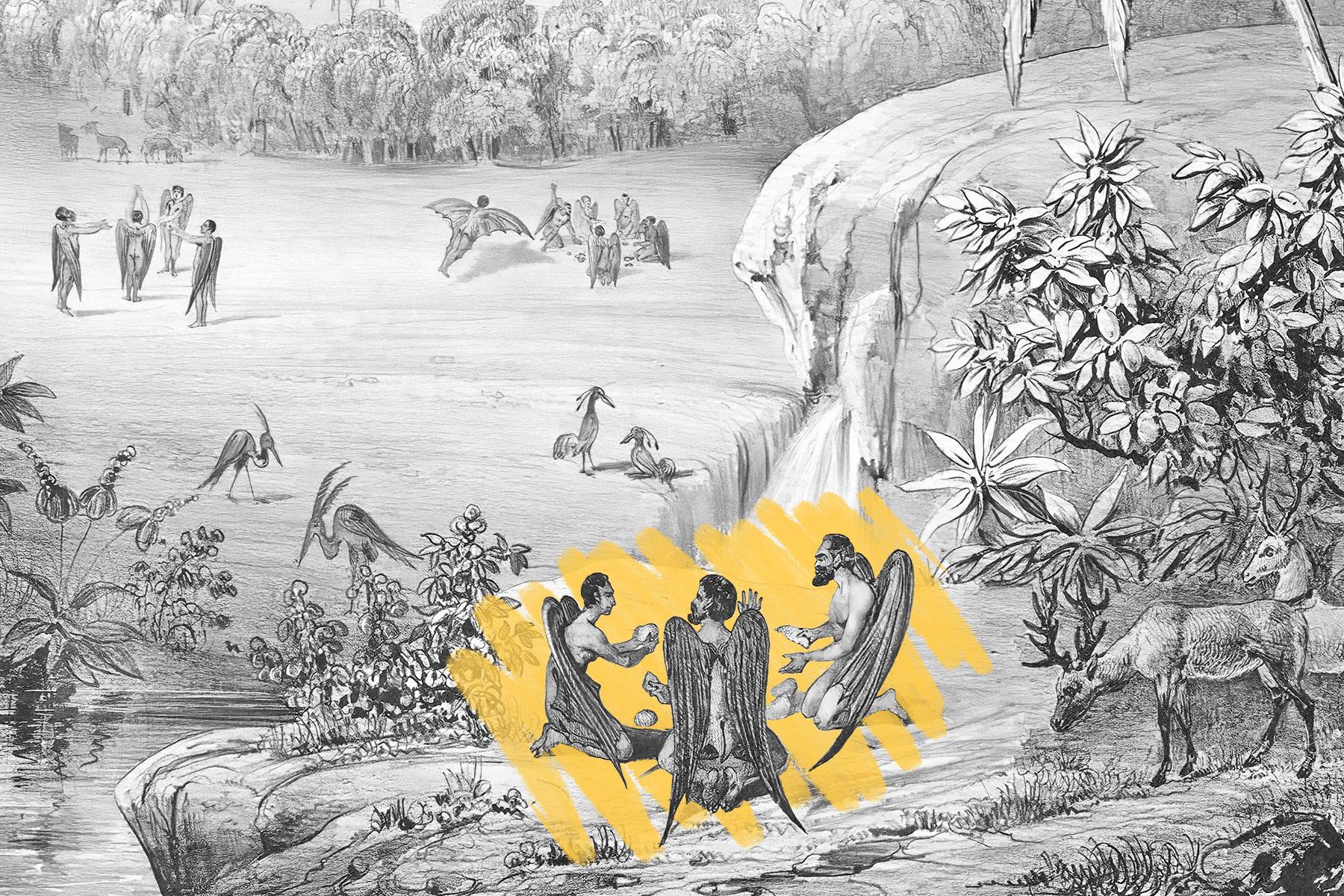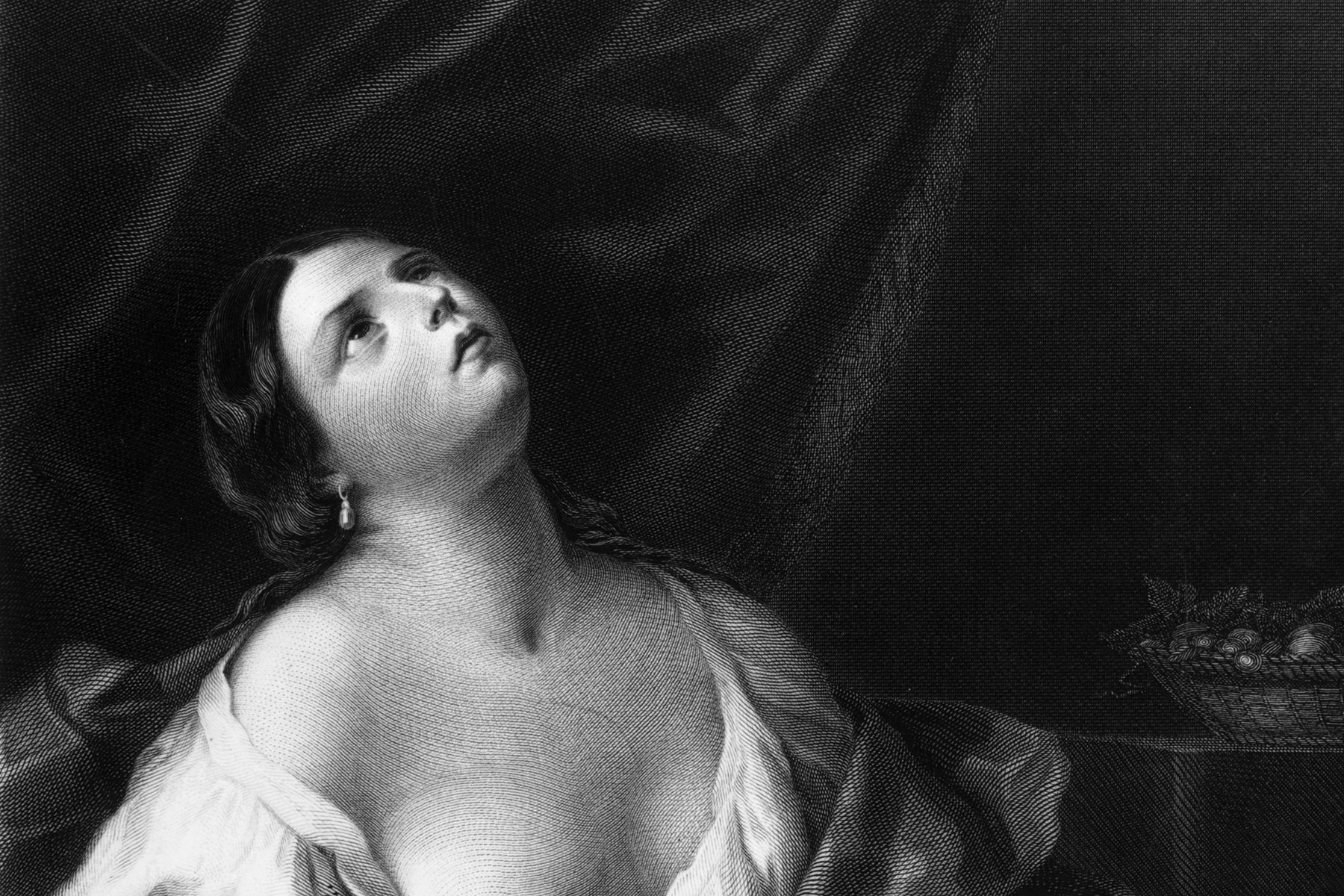| W hen The New York Sun started publishing in 1833, the paper was just a penny per edition, making it popular with New York's less affluent residents. Just a year later, it had the highest circulation of any newspaper in the United States. Unfortunately for its many readers, it had a tumultuous relationship with the truth. The most notorious incident was 1835's "Great Moon Hoax," a six-part series, supposedly written by someone named Andrew Grant with the Edinburgh Journal of Science, that claimed that life had been found on the moon. |
|
| The first article, published on August 25 that year, reported that the famous astronomer John Herschel had made a number of startling discoveries about the moon and distant planets after hauling a 7-ton telescope from England to the Cape of Good Hope, the southern tip of Africa. Herschel had actually set up a telescope in South Africa (though it was not quite that large), which both gave the story a sheen of truth and left the astronomer conveniently unavailable to deny the report. The next day, the Sun reported that Herschel had discovered stunning Earth-like landscapes; brown quadrupeds resembling small bison; a playful, single-horned, goatlike species; birds similar to cranes and pelicans; and some sort of spherical amphibian. The day after that, it was larger bison, more birds, and miniature zebras. |
| The descriptions only got more extravagant as the series stretched on, and the story started to lose credibility, although at one point a team of Yale scientists came to New York in search of the original Edinburgh Journal articles. On day four, when the Sun described short, hairy humanoid bipeds with batlike wings engaged in animated conversations, more readers and newspapers started to cry hoax. The paper acknowledged the fabrication in mid-September, admitting that the Edinburgh Journal had ceased publication already and Grant was a fictional character. Perhaps surprisingly, the incident didn't hurt the paper — readership skyrocketed during the moon hoax week and the Sun continued publishing until 1950. |













No comments:
Post a Comment